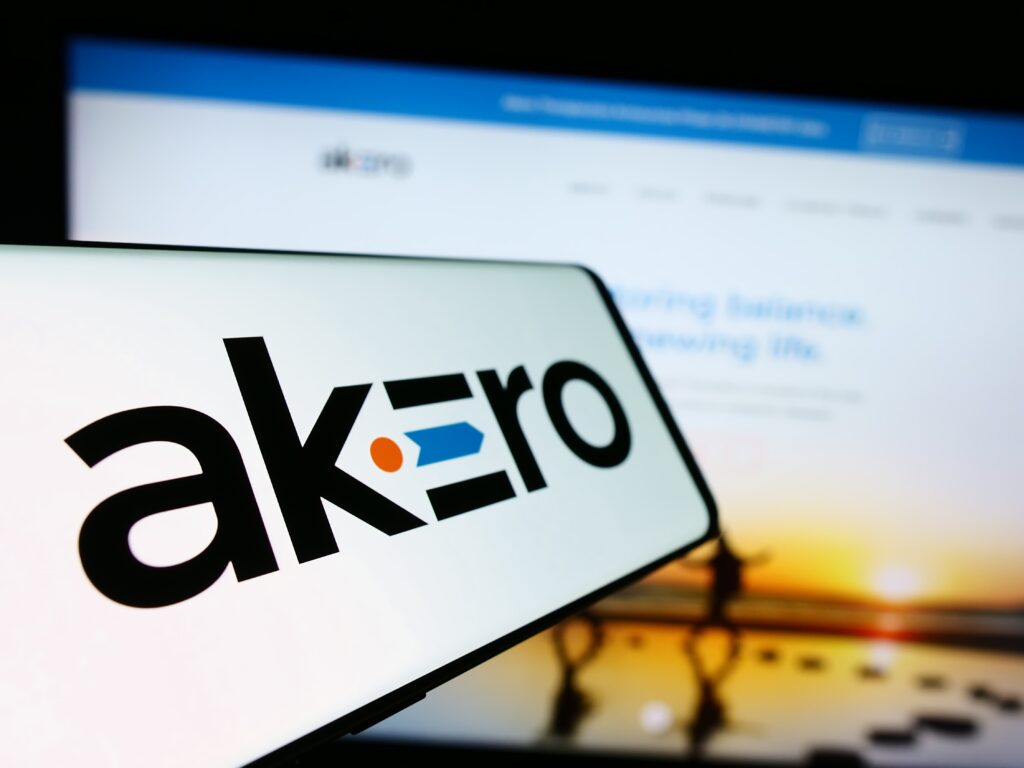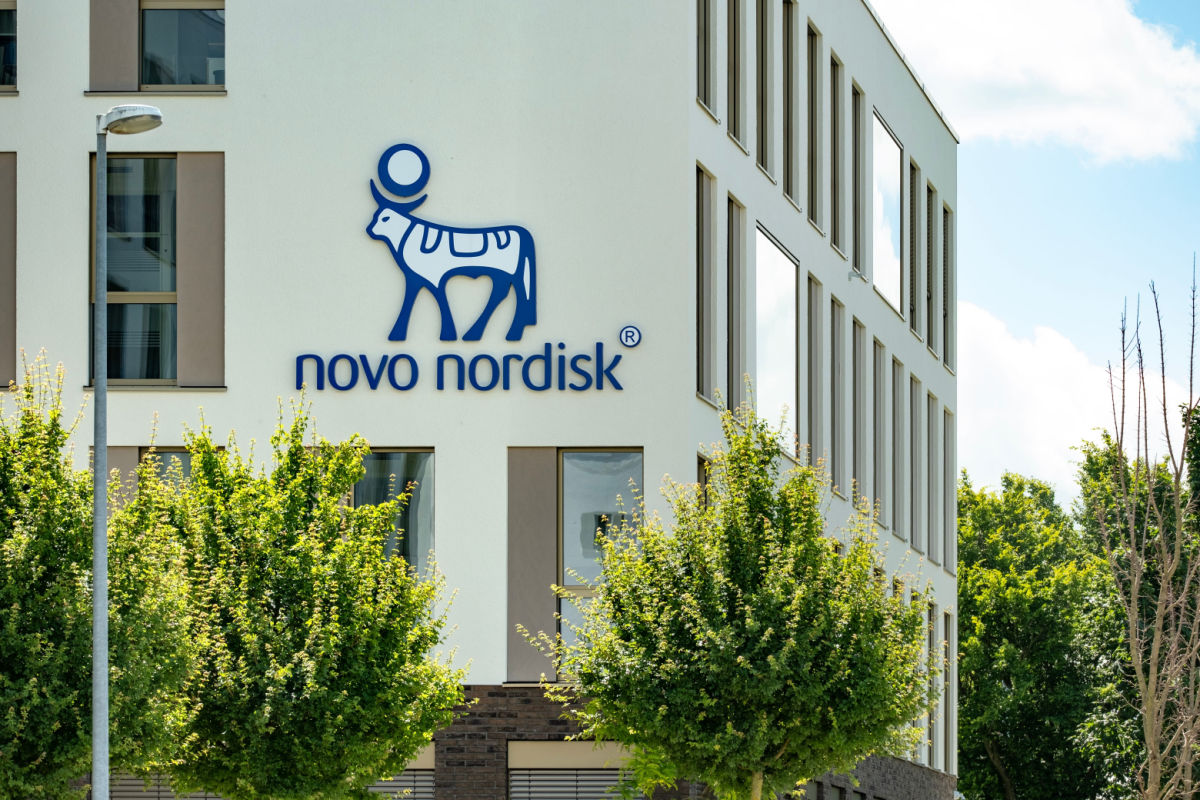Akero Therapeutics has published the results from its Phase IIb SYMMETRY Cohort D study in Clinical Gastroenterology and Hepatology. This study evaluated the safety, tolerability and efficacy of efruxifermin in combination with GLP-1 receptor agonist (GLP-1RA) therapy for patients with type 2 diabetes (T2D) and F1–F3 liver fibrosis caused by metabolic dysfunction-associated steatohepatitis (MASH).
Efruxifermin is a novel Fc-FGF21 fusion protein designed to emulate the activity of native FGF21, an endogenous hormone that regulates metabolism and alleviates cellular stress. The study explored efruxifermin’s potential in reducing liver fat, reversing fibrosis, enhancing insulin sensitivity and improving lipid profiles, representing a comprehensive treatment strategy for MASH.
MASH, a serious form of steatohepatitis driven by metabolic dysfunction, is characterized by excessive liver fat accumulation. It can lead to inflammation, fibrosis, cirrhosis, liver failure and potentially death. MASH is now the fastest-growing cause of liver transplants and liver cancer in the US and Europe.
XTALKS WEBINAR: The Future of GLP-1 Receptor Agonists: A Precision Medicine Approach
Live and On-Demand: Monday, July 15, 2024, at 1pm EDT (10am PDT)
Register for this free webinar to gain insights into the revolutionary impact of GLP-1 receptor agonists on diabetes and obesity management.
MASH and Its Significance: Key Issues and Challenges
MASH is estimated to affect more than 17 million Americans, with its prevalence rising alongside increasing rates of obesity and T2D. MASH is intricately linked to cardiovascular, kidney and metabolic disorders. Research indicates that approximately 34 percent of individuals with obesity are also affected by MASH.
There is currently only one US Food and Drug Administration (FDA)-approved treatment for MASH, Madrigal Pharma’s Rezdiffra (resmetirom), approved in March of this year. Over the past decade, MASH management has focused primarily on addressing underlying conditions such as obesity, T2D and dyslipidemia through lifestyle modifications and the off-label use of medications designed for other indications.
Numerous compounds are currently under clinical investigation for MASH. Agents such as farnesoid X receptor (FXR) agonists, semaglutide (a GLP-1RA), and selonsertib (an apoptosis signal-regulating kinase 1 [ASK1] inhibitor) have garnered significant attention for their potential benefits in treating MASH.
Highlights from Efruxifermin’s SYMMETRY Cohort D Study
Akero’s expansion cohort (Cohort D) included 31 participants, with 21 receiving efruxifermin in combination with a stable dose of GLP-1RA, and 10 receiving only GLP-1RA. Over a 12-week period, the impact of adding efruxifermin was evaluated.
Participants treated with efruxifermin in addition to the GLP-1RA exhibited significant improvements compared to those receiving the GLP-1RA alone. The efruxifermin group experienced a 65 percent reduction in liver fat from baseline, compared to a 10 percent reduction in the GLP-1RA-only group.
Approximately 90 percent of participants in the efruxifermin group achieved normalization of liver fat levels versus only 10 percent in the GLP-1RA group. Notable improvements were also observed in markers of liver injury (alanine transaminase [ALT] and aspartate transaminase [AST]), fibrosis (N-terminal type III collagen pro-peptide [Pro-C3] and the enhanced liver fibrosis [ELF] test), glycemic control and lipid metabolism, indicating the combined therapeutic benefits of efruxifermin and GLP-1RA.
Efruxifermin’s tolerability was generally similar to that of the GLP-1RA alone. The most frequent adverse events in patients treated with efruxifermin included mild to moderate gastrointestinal symptoms such as diarrhea, nausea and increased appetite. No serious adverse events related to the drug were reported.
Based on these promising results, Akero Therapeutics plans to advance the development and evaluation of efruxifermin in their Phase III SYNCHRONY Histology and Real-World studies, which are currently enrolling patients, including those on stable GLP-1RA therapy.
“We believe these data indicate that efruxifermin could be an important treatment option for patients with MASH who are already receiving GLP-1RA for T2D or obesity,” said Kitty Yale, chief development officer of Akero, in the news release.
Efruxifermin may offer a holistic approach to MASH treatment by targeting multiple aspects of the disease. It not only reduces liver fat and inflammation but can also reverse fibrosis, enhance insulin sensitivity and improve lipid profiles. This comprehensive action of efruxifermin addresses the multifaceted nature of MASH.
Given that MASH is the fastest-growing cause of liver transplants and liver cancer in the US and Europe, efruxifermin’s development is being closely monitored by the life sciences community for its potential to fill a critical treatment gap.












Join or login to leave a comment
JOIN LOGIN